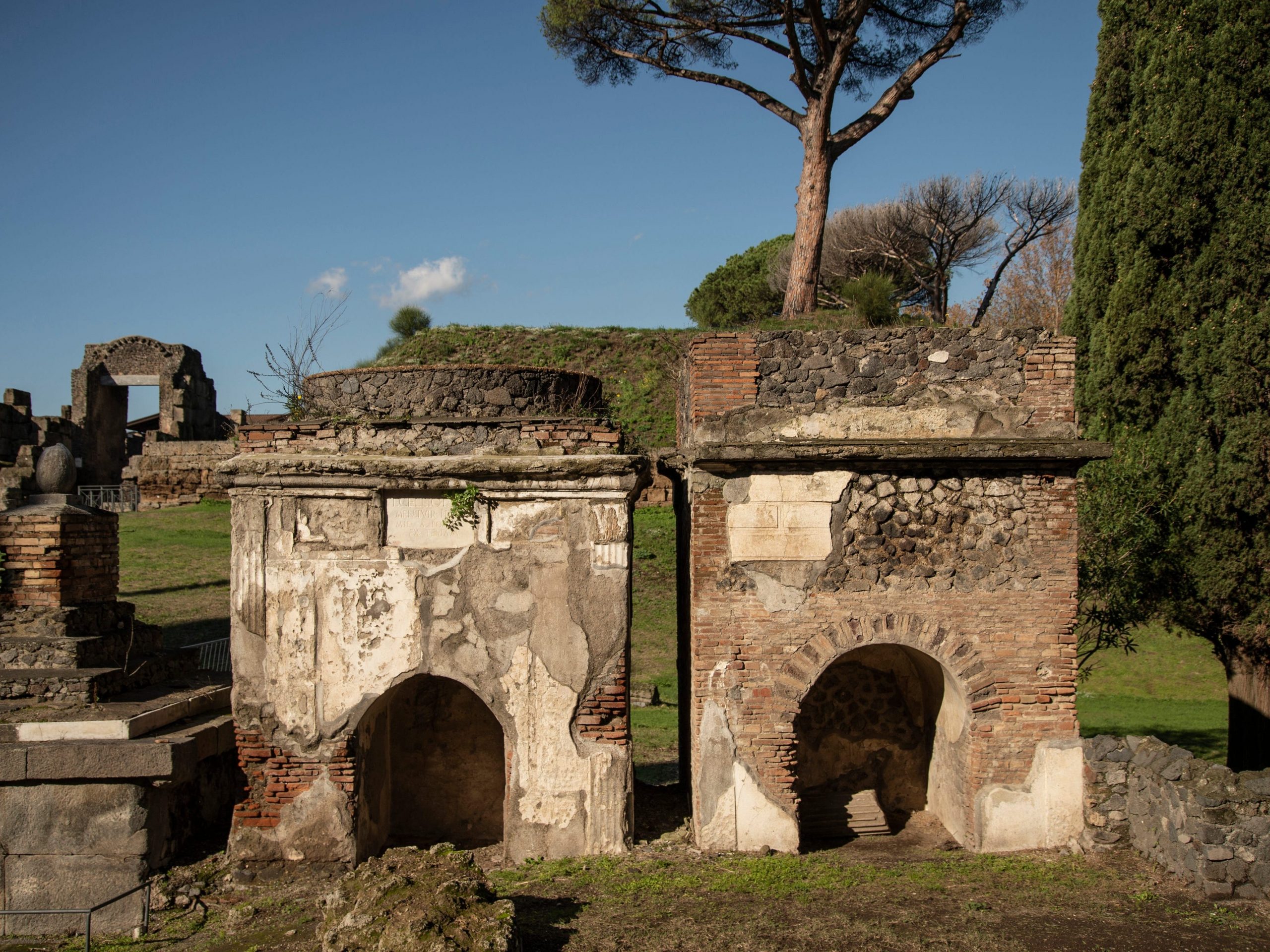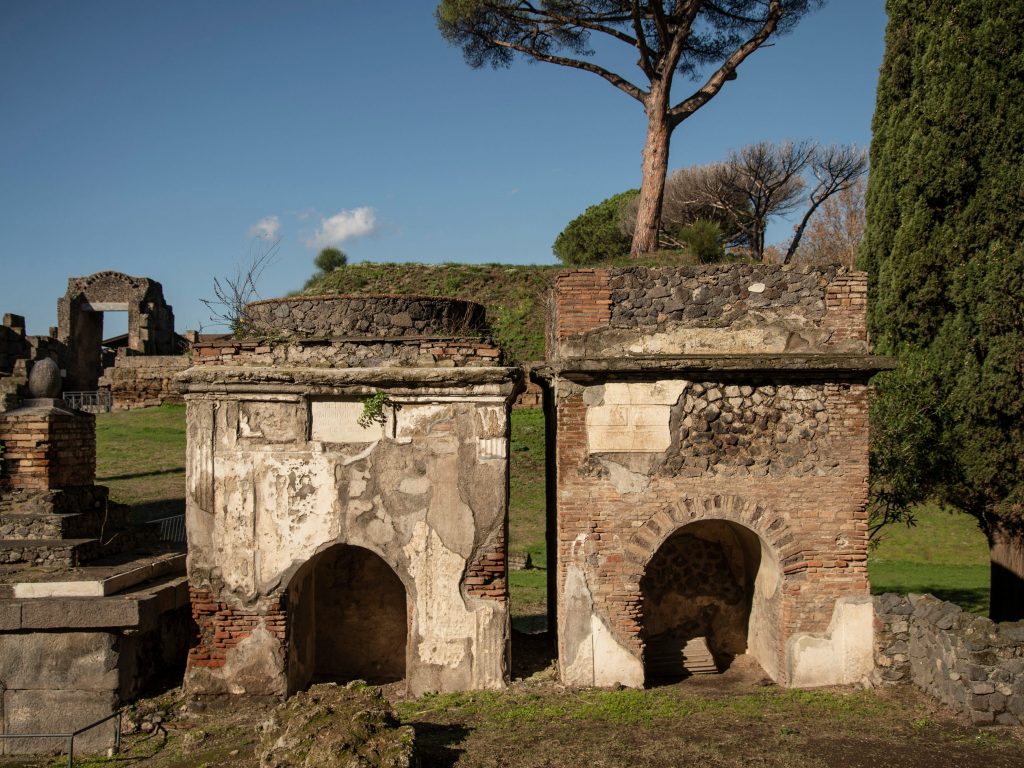
Ivan Romano/Getty Images
- A gravestone inscription discovered in Pompeii shows how far a former slave went in life.
- Marcus Venerius Secundio, whose remains were found this week, died as a priest and custodian.
- The remains are said to be the best-preserved ever found in the ancient city.
- Visit Insider's homepage for more stories.
A gravestone inscription discovered in Pompeii shows how a former slave climbed his way up the social hierarchy, dying as a priest and custodian of a temple.
The partially mummified remains of Marcus Venerius Secundio were recently found in a tomb at one of the main entrance gates into the ancient city of Pompeii, which was buried by the eruption of Mount Vesuvius in 79 AD.
Secundio's remains, which include white hair, bones, and a partly visible ear, are said to be the best-preserved ever found on the archaeological site.
Inscriptions on a stone found by his body list his achievements after being freed, including becoming a custodian of the Temple of Venus and joining a college of priests in charge of emperor worship.
As a custodian of the Temple of Venus, Secundio would have financed and organized festivals, theatre performances, gladiator games, and music contests for people in the city, archaeologists say.
"Being a slave is humiliating. You are in the possession of someone else," said Gabriel Zuchtriegel, the director of Pompeii's archaeological park, according to The Guardian. "So here we see evidence of a transformation in social ranking … he is showing that he became a different person, that he made it in life."
Originally, Secundio was a slave belonging to a rich banker called Caecilius Iucundus, according to archives. It is not clear how Secudio achieved freedom, but slaves at the time usually had to pay a fee to secure their release.
"Of course, there were many freed slaves who didn't become wealthy and so they formed the lower and middle classes, becoming merchants, craftsmen, or general workers," said Zuchtriegel, according to the Guardian. "But then others became really rich, sometimes even wealthier than their former masters."
Secundio's high-ranking status is also evident because his remains were not cremated but mummified and entombed.
"Only small children were buried, so this tomb burial is something extremely exceptional and could be a sign of the importance and wealth he achieved in the city as well as how well integrated he was," added Zuchtriegel.
Secundio is believed to have died at around the age of 60 in the decades before Pompeii was destroyed.
Archaeologists will carry out further excavations of the Porta Sarno necropolis next year, with the aim of eventually opening the area to the public.
